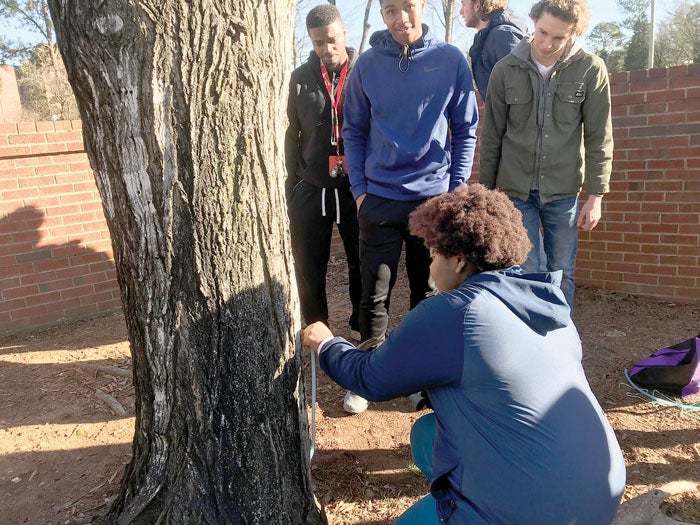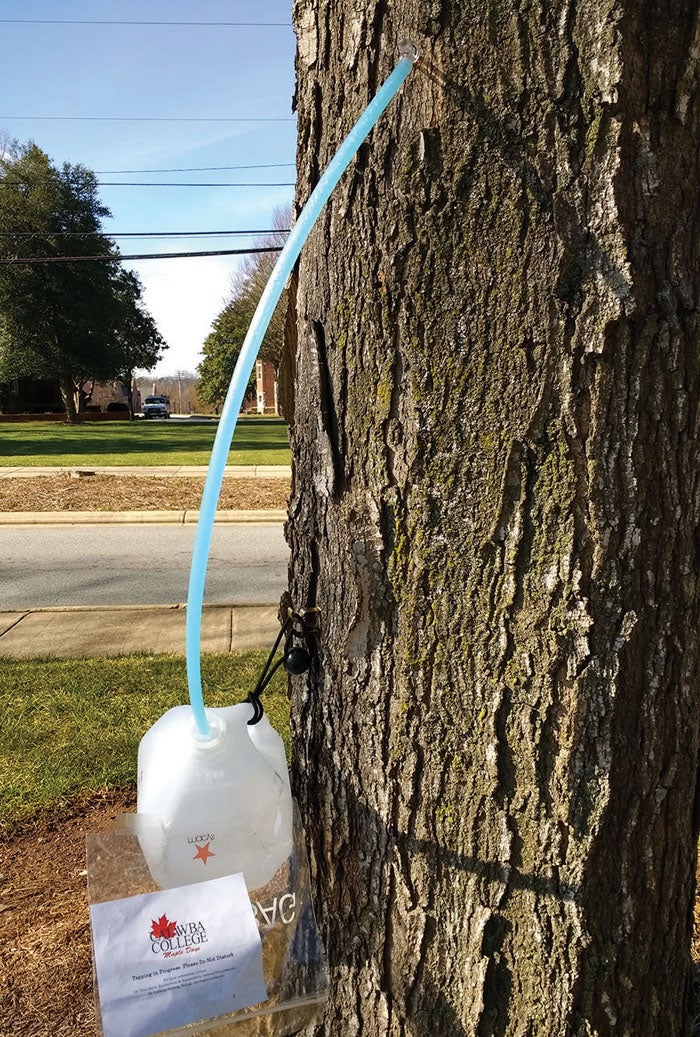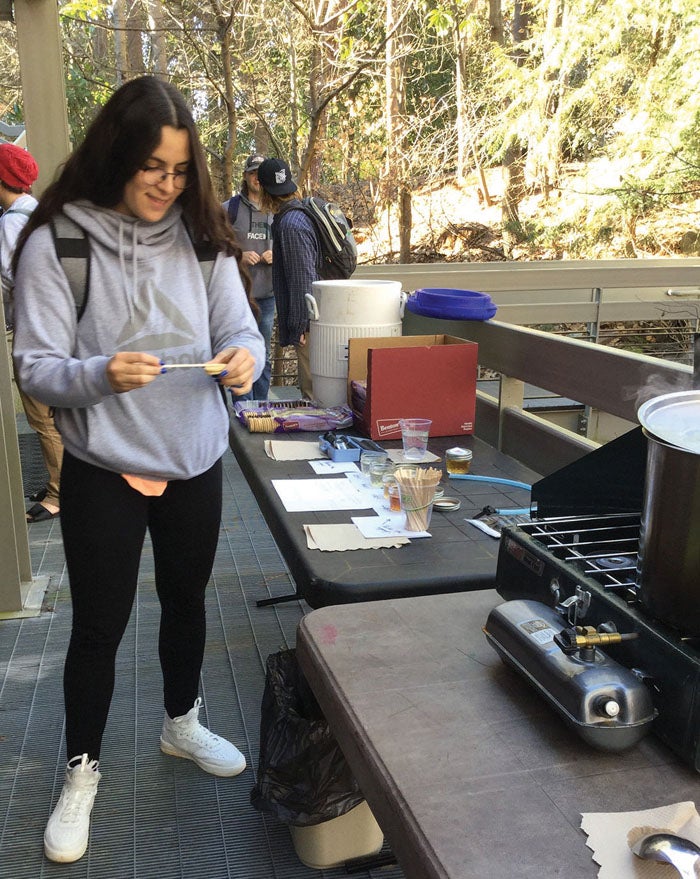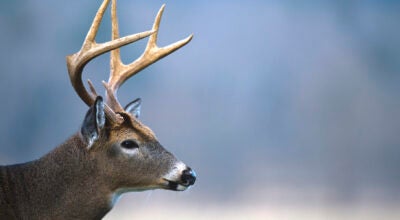Maple (sugaring) Days return to Catawba College
Published 12:00 am Thursday, February 14, 2019
Catawba College News Service
On an unseasonably warm Carolina winter day under blue skies, Catawba College students participated in the second Catawba Maple Days, when students learn about and make maple syrup.
Typically, the sap runs best in maples when the mornings begin with frost on the ground and the afternoons are above freezing. Recently, the weather has been conducive to the craft of sugaring, or converting the sap inside maple trees into maple syrup.
Students from Tyler Davis’ Land Management and Ecology and Carmony Hartwig’s Structure and Function of Organisms classes collected about 20 gallons of sap over two weeks in late January and the first of February from a variety of maple trees on campus and in the Fred Stanback Jr. Ecological Preserve.
The students practiced environmental stewardship by carefully selecting trees and minimizing their damage by using a clean, sharp drill and carefully tapping into the sides of healthy maple trees. Sap was collected daily. Students noticed the weeping holes made by the yellow-bellied sapsucker and the hairy woodpecker on some of the same maples they tapped.
Sap was collected and refrigerated to prevent spoiling until the sap was boiled off during the finale of Maple Days held in the Center for the Environment on Feb. 4.
“I had no idea that the sap was mostly water, and it came out fast. It was amazing that you could taste sugar in the sap,” said Darreon Gittens of Salisbury, a student in Davis’ course.
Sap was collected from the northern and southern sugar maple and red maple. The starting sugar content of the sap was about 2.5 percent.
Based on “Jones Rule of 86” (a rule-of-thumb dating from 1946), about 34 gallons of sap are required to make a single gallon of maple syrup. Concentrating the sap to syrup by evaporation was conducted using a variety of methods — wood fuel, propane burner and finally, the “finishing” of syrup on a camp stove.
“Flavors of caramel popcorn and cotton candy,” said Chloe Taylor of Aurora, Ontario, a freshman environment and sustainability major.
Her comment was a huge compliment to the final Catawba maple syrup product considering that it came from a Canadian student from just outside Toronto.
“It has totally different taste compared to cheap pancake syrup made of corn syrup. It’s so good,” said Jessica Willis, a senior environmental science student from Albemarle.
Overall, the event brought together more than 50 students and a dozen faculty and staff to sample the freshly made hot syrup.
“Dang, that’s good. It’s the real stuff,” said Katelyn Baity a freshman environment and sustainability major from Lexington.
Jay Bolin, chairman of Catawba’s Department of Biology and a botanist who assisted with the project, said, “With the exception of some areas in western North Carolina, the state, and particularly the Coastal Plain and Piedmont, are not particularly suited for commercial scale production of maple syrup due to the short sap season and relative lack of northern sugar maples, but it’s still fun to do.”
At the end of long day of sugaring, John Dewitt, a biology major from New Salem, Massachusetts, enrolled in Hartwig’s course, said, “Yankee approved!” after he polished off the last bit of syrup until next year’s Catawba Maple Days.








